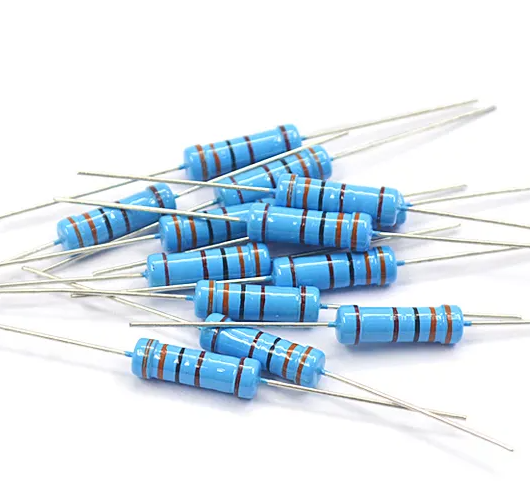Resistive touch screen technology, as a core component of modern interactive devices, is widely used in many fields with its simple design and efficient functionality. This technology can accurately convert the user's touch actions on the device surface into electronic signals through a sophisticated physical position conversion mechanism, thereby achieving seamless human-computer interaction. This article aims to analyze in detail the working principle, structure and configuration of resistive touch screens in different application scenarios, and provide in-depth technical insights for professionals in related fields.
The basic structure of a resistive touch screen involves two main components: a film and a glass layer. Their adjacent surfaces are coated with a layer of nanoscale indium tin oxide (Indium Tin Oxides, ITO) coating. This special material not only has excellent conductive properties, but also remains highly transparent so as not to interfere with the display effect of the screen. When the user applies pressure to the screen, the ITO of the upper film comes into contact with the ITO of the lower glass. Through this contact point, an electrical signal can be generated. The signal is then sent to the processor. After a series of calculations, the touch position is finally determined. Convert to coordinate points on the screen to achieve precise user input.

When discussing the working principle of resistive touch screens, we have to mention its core - the voltage divider principle. The touch screen uses the voltage divider principle to determine the precise location of the touch point through the interaction of the upper and lower layers of resistive materials. In this process, the contact point between the top layer and the bottom layer splits the resistive surface into two resistors, the resistance of which is proportional to the distance from the touch point to the edge of the screen. The specific resistance of the touch point is calculated by measuring these resistance values. Location. In practical applications, according to different design requirements, resistive touch screens can use four-wire, five-wire, seven-wire or eight-wire configurations to adapt to different performance and cost considerations.
The four-wire touch screen uses two layers of resistive material and sets vertical and horizontal bus lines around the screen to measure the coordinate values of the X-axis and Y-axis respectively. By applying different voltages (0V or VREF) to these buses and connecting them to an analog-to-digital converter (ADC), when the top layer comes into contact with the bottom layer, the location of the touch point can be accurately determined based on the measured voltage change.
